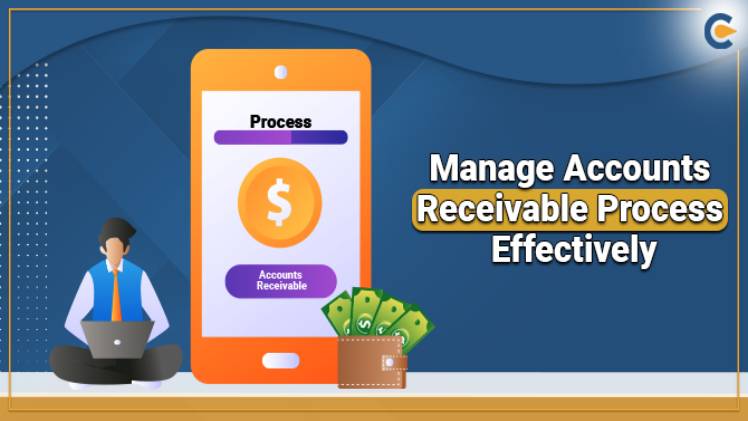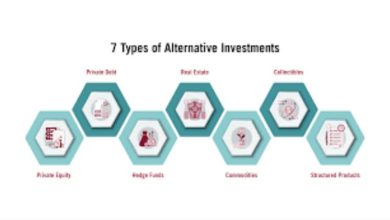The Right Way to Manage Accounts Receivable

Manage Accounts Receivable
If your business is growing, you will need to keep track of your Accounts Receivable. This document helps you calculate your income stream and keep track of who owes you money. It will also help you if you need to take legal action against a customer who doesn’t pay on time. The right way to manage your accounts receivable will keep your bank account full. Read on to learn how you can use this document to your advantage.
An example of an Accounts Receivable scenario is the case of a farm supply business. A farmer purchases a tractor from the business on credit. The farm supply business records this account as an asset. The farmer has 60 days to pay the account. After 60 days, the farmer makes full payment, re-places the receivable with cash. This example shows how the concept of accounts works in the financial industry.
Business owners can maximize the value of their accounts by extending credit to customers. Obviously, this is only possible when the profits are greater than the bad-debt losses. But how can you decide how much to extend credit to customers? If your profits are high enough, you can justify giving credit to most customers. But you have to consider the cost of credit and profit margins before extending credit to customers. In the end, this will make your business profitable.
Accounts receivable is the money a business expects to receive from its customers. It is a crucial part of a company’s balance sheet, because it represents money that comes into the company. Invoices that haven’t been paid, or those that are overdue, are all listed on the accounts receivable section. This information is vital for determining profitability. If you don’t have accounts, you can’t calculate your profitability.
By visiting Newsgallery and starmusiq you can get more knowledge about multiple topics.



